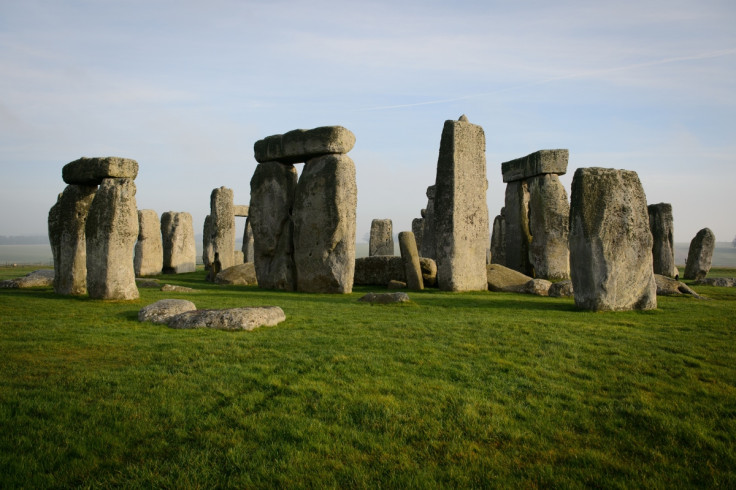Stonehenge: Bones of 14 elite women reveals gender equality 5,000 years ago

Ancient remains of Stone Age humans, first excavated at Stonehenge in 2008, have revealed a surprising gender equality at the UK World Heritage Site. From an initial discovery of cremated remains of around 200 people buried in the chalk pit known as Aubrey Hole 7 – one of 56 pits first dug at the site in the 1920s – fourteen females and nine males, including some children, were identified.
This suggests that women had a more prominent role to play in leadership than previously believed, as only people of higher status would have been buried at Stonehenge at the time. Bone remains, estimated to date from around 2,500 BC, weighing 45kg – roughly the average weight of a 13-year-old boy – were sorted through in order to identify the sex of the 23 cremated individuals.
"In almost every depiction of Stonehenge by artists and TV re-enactors we see lots of men, a man in charge, and few or no women," archaeologist Mike Pitts told Discovery News. "The archaeology now shows that as far as the burials go, women were as prominent there as men."
Researchers from University College London have published their findings in the March/April 2016 edition of British Archaeology magazine. They used a mixture of CT scans and carbon dating to assess the age and sex of the buried remains. Carbon dating puts the bones back in time to between 3,100 BC and 2,140 BC – roughly the same period as the Stone Age.
The CT scans were used to measure the dimensions of the ear canal – more precisely, the angle of the internal acoustic canal. This determined whether the individual was male or female, or at least a strong possibility of it. Despite the finding that implies women were eagerly looked upon as leaders towards the end of the Stone Age, the scientists believe this does not mean women have always been viewed as such.
"[Women's social standing] probably declined again towards the third millennium BC," said Christie Willis, researcher on the study. "Both archaeological and historical evidence has shown that women's status has gone up and down quite noticeably at different times in the past."
The archaeology work was made more difficult as Aubrey Hole 7 had first been excavated almost 100 years ago. Ironically, bones were reburied at the time for 'safe keeping', and they became mixed up when the UCL researchers began their studies.
Another discovery made at a new pit seemed to hold two important ancient artefacts. Makeshift hair pins made from large bones were uncovered, as well as the head of a mace made from the striped stone gneiss.
© Copyright IBTimes 2025. All rights reserved.






















